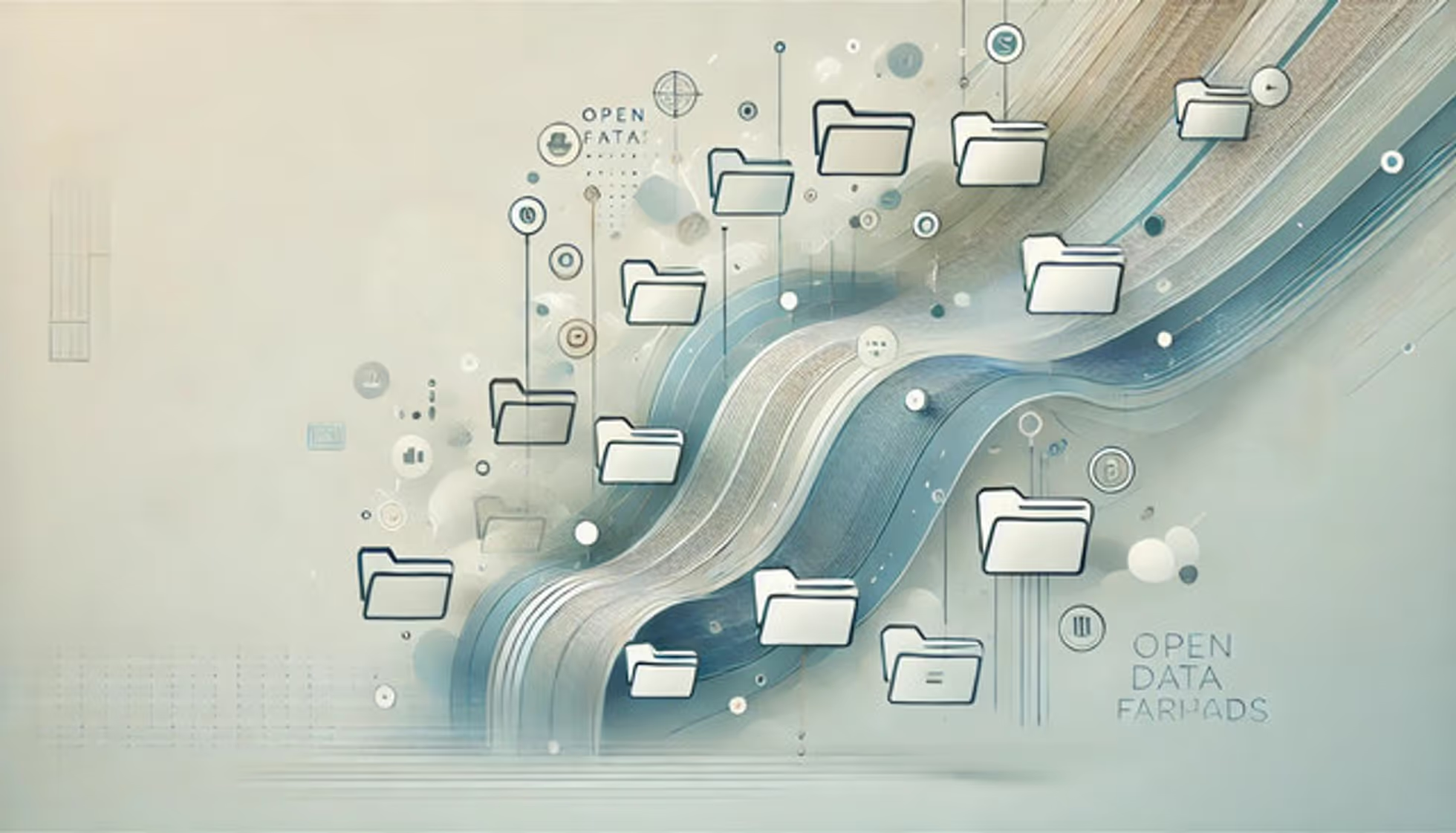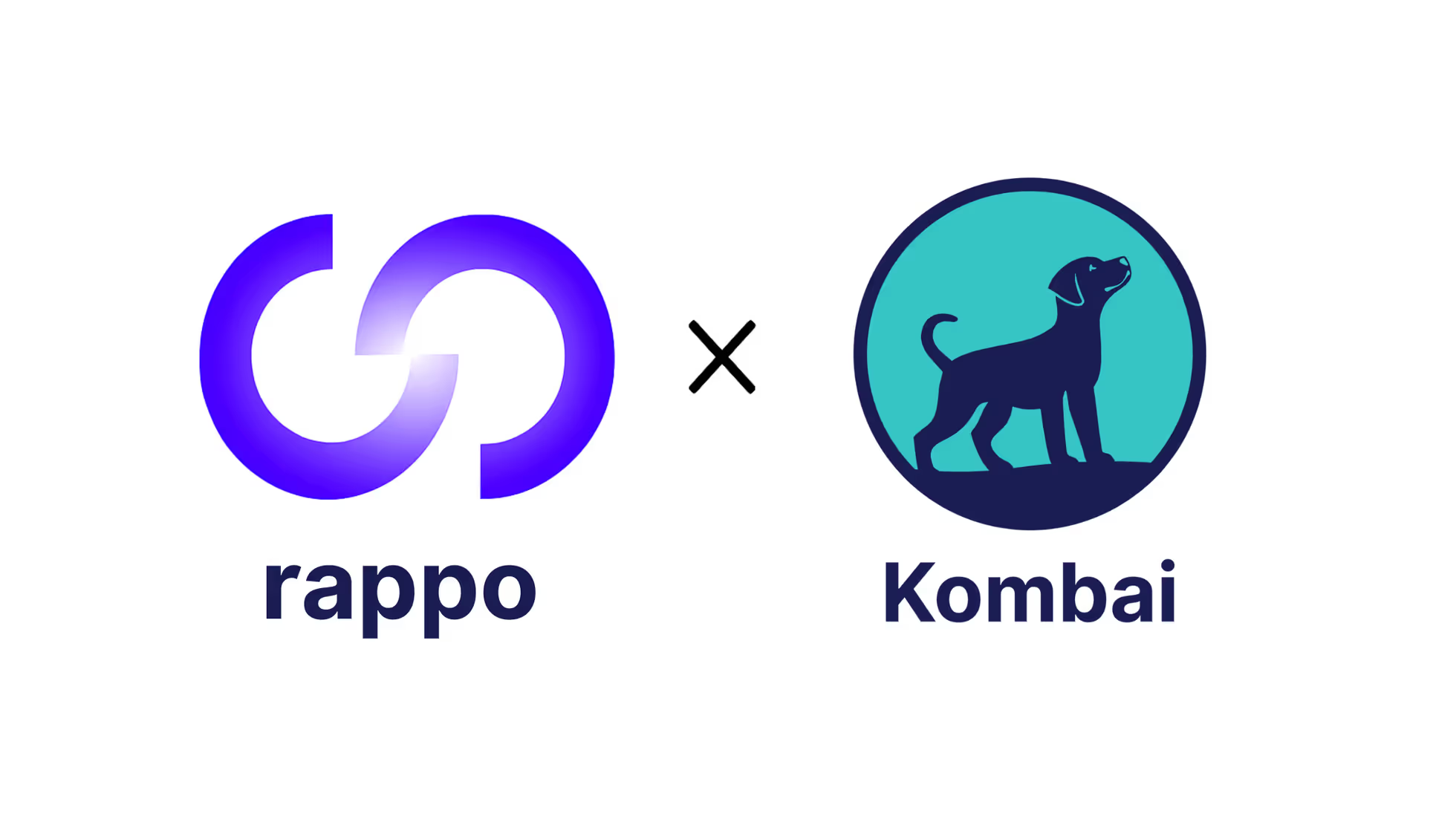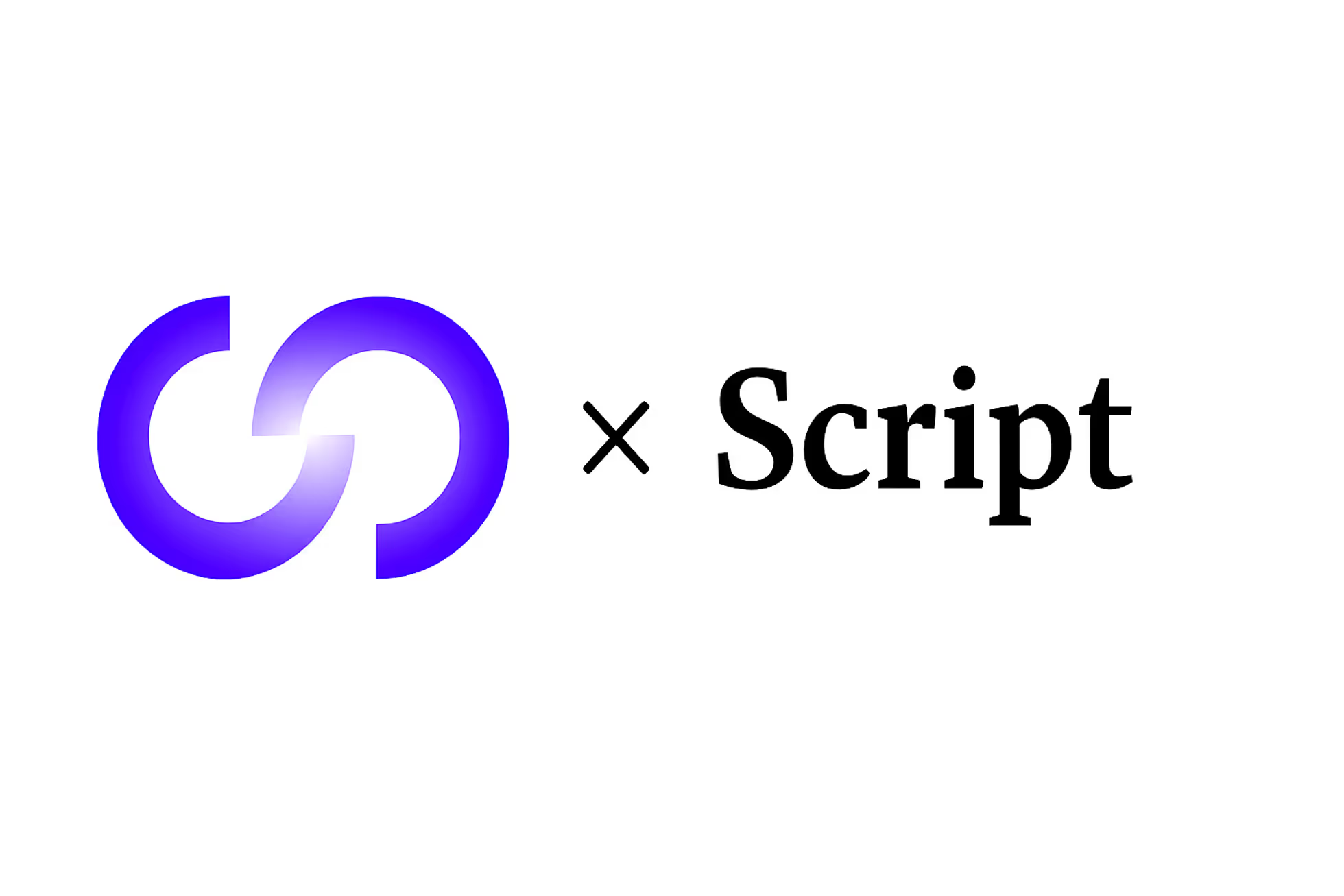rappo Akshaya Sriram • Nov 26, 2024
Breaking Barriers: Open Data Formats and Interoperability
Exploring how open data formats and interoperability revolutionize data sharing and collaboration across systems and platforms.

Sharing and accessing data across different systems and platforms has become crucial. Open data formats and interoperability are at their transformation, enabling systems, organizations, and individuals to work more effectively.
This article will explore what open data formats and interoperability mean, and how they’re shaping the future.
Foundation of Open Data Formats
Open data formats are structuring and storing data that are publicly available and free to use. File formats that are publicly documented, free of proprietary restrictions, and designed for broad compatibility.
Unlike proprietary formats, they’re not controlled by an entity and come with detailed documentation that anyone can access. The formats can be accessed, read, and utilized by anyone, regardless of the software or platform.
Examples of Formats
Here are a few examples of open data formats used across various platforms:
| Type of Data | Formats | Description |
|---|---|---|
| Database | XML, CSV | eXtensible Markup Language provides rules for storing and sharing data. |
| Comma-Separated Values allow data to be stored in table format. | ||
| Text | XML, JSON, HTML | JavaScript Object Notation is a lightweight format that stores and transmits data from servers to applications. |
| Hyper Text Markup Language structures content on websites. | ||
| Containers | ZIP, GZIP | ZIP reduces the size of one or more files into a single one. |
| GZIP compresses text files and web assets. |
Power of Interoperability
Interoperability goes beyond open formats – it’s about systems working together seamlessly. The ability of systems, devices, or applications to work together and exchange data effectively. Interoperability occurs in two forms:
- Technical Interoperability: Ensures that different technologies can communicate effectively (e.g., APIs, protocols).
- Semantic Interoperability: Ensures that shared data is understood and interpreted consistently across systems.
Importance of Open Data Formats and Interoperability
Open data formats and interoperability are no longer optional in the digital age—they’re essential. It can provide significant benefits including:
- Fostering Collaboration: Open data formats and interoperability enable teams and systems to collaborate without technical barriers. Organizations can share data and work together effectively when their systems can communicate. For instance, an organization using an open GIS format can share data with developers to create smarter solutions.
- Innovation Acceleration: When data is shared between systems, it opens the door to innovation. Startups, scale-ups, and developers can use shared data to build new tools, integrate data sources and create solutions.
- Vendor Neutrality: Open formats reduce dependency on specific vendors by ensuring that data isn’t locked into proprietary systems. This enables organizations to switch providers, integrate new tools, and scale without cost disruptions.
- Cost Reduction: Interoperable systems help organizations reduce integration costs, avoid vendor lock-in, and minimize data conversion.
- Improving Accessibility: Open formats can be accessed by developers, organizations and anyone. Unlike proprietary formats, they’re not controlled by an entity and anyone can access them.
Implementation Challenges
While open data formats and interoperability bring huge benefits, the adoption of them is not without problems:
- Lack of Standardization: Organizations adopt different formats, protocols, and frameworks, which lead to fragmentation rather than seamless interoperability. When there are competing formats, it becomes difficult to decide on the best one to adopt.
- Complexity of Integration: Interoperability between systems is complex. The diversity in data structures, semantic, and APIs complicates issues.
- Resistance to Change: Organizations tend to resist adopting open formats simply on the basis of perceiving risks or fears over losing control over proprietary data.
- Security & Compliance: Data sharing is both likely to face security breaches and cyberattacks. Unless there is a set of security standards, interoperability can provide access to sensitive data.
- Cost Constraints: Transitioning towards open data formats, and building interoperable systems involves considerable investment, time, and knowledge-based expertise.
What’s Next?
As we move forward, the importance of open data formats and interoperability will grow, making them essential for any digital strategy. This provides many benefits such as collaboration, innovation, cost reduction, and accessibility.
The future lies in data that is open, interoperable, and universally accessible where boundaries dissolve, and possibilities are limitless.
More blogs for you
Rappo • Vignesh Ravichandran • Jun 10, 2025
How Kombai Used Rappo to get product feedback for its AI Frontend Assistant with Engineering Champions
Learn how Kombai validated their AI frontend assistant by connecting with seasoned engineering champions through Rappo for honest feedback and strategic insights.

Rappo • Vignesh Ravichandran • May 29, 2025
Script Capital Backs Rappo to Tackle 0→1 GTM for Technical Founders
Rappo announces funding from Script Capital and shares its mission to connect technical founders with engineering champions.

Rappo • Vignesh Ravichandran • May 22, 2025
The Good, The Bad, and The "Drunk Junior Engineer": Real Feedback on Cursor from Engineering Leaders
Real feedback from engineering leaders on Cursor AI, from enthusiastic adoption to the memorable 'drunk junior engineer' comparison.
